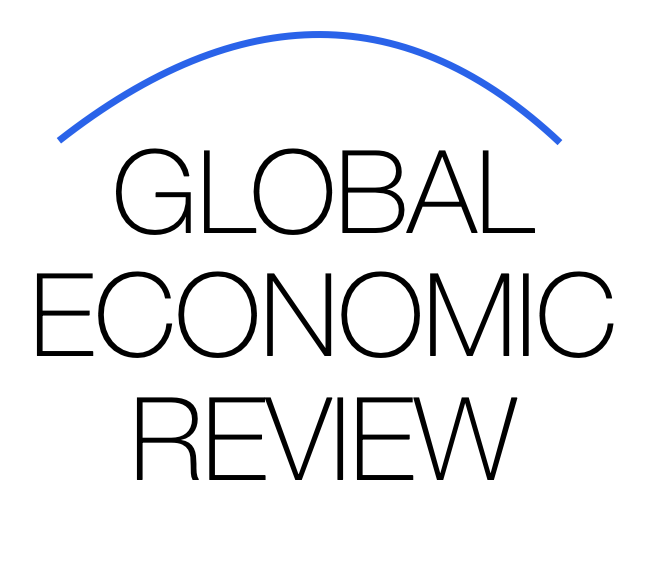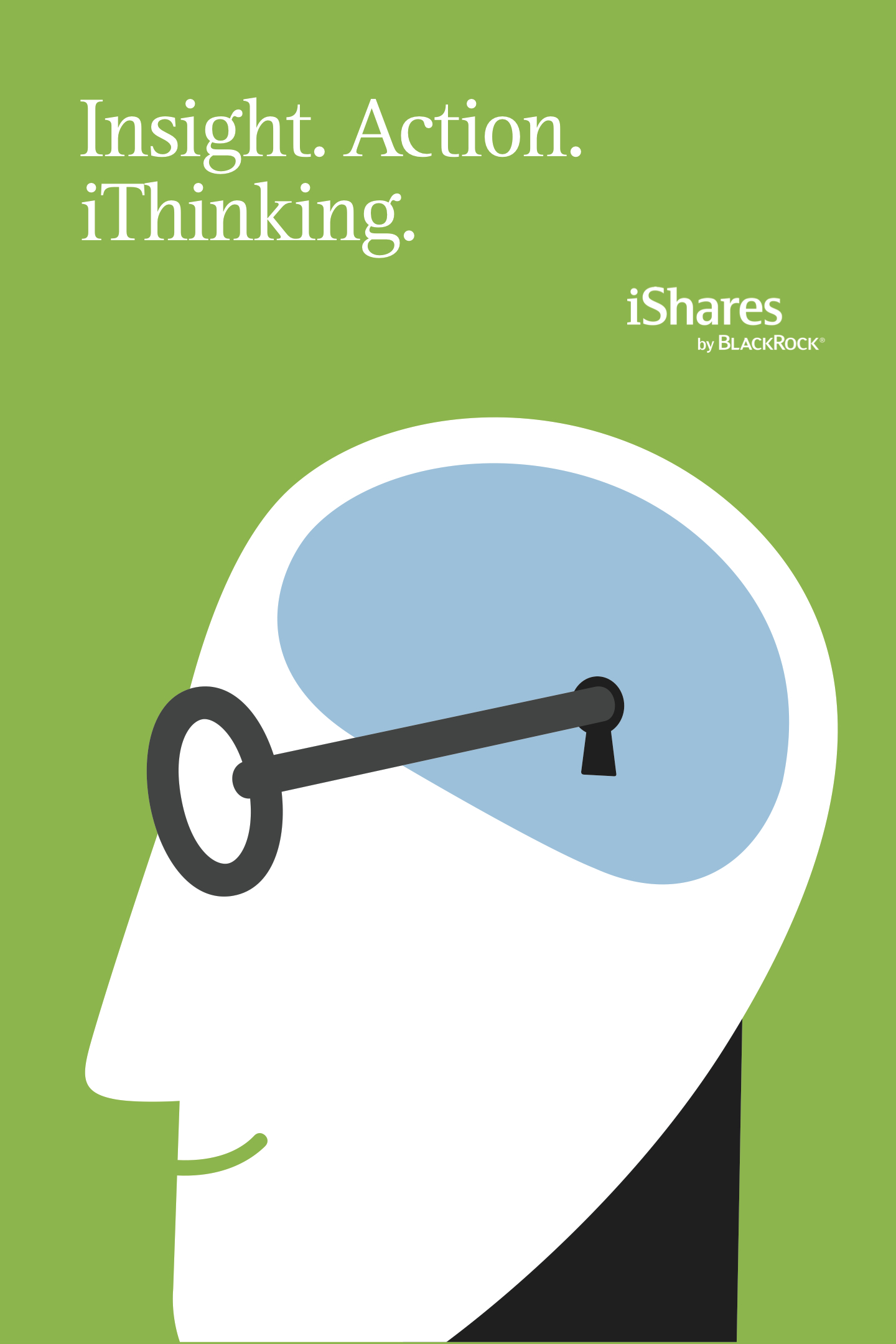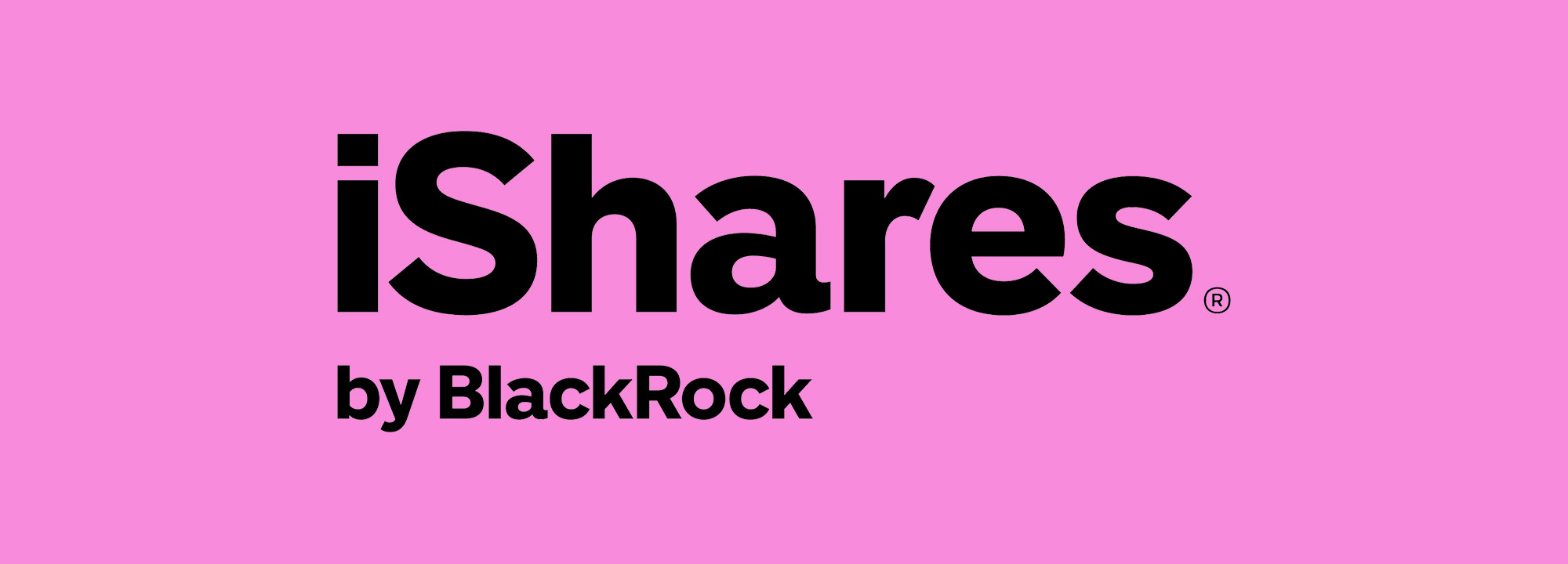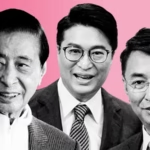How Much Control Do OpenAI and Palantir Hold Combined in the Age of Data and AI Dominance?

In the evolving digital landscape of 2025, few organizations wield as much influence over the future of artificial intelligence, data infrastructure, and national security as OpenAI and Palantir Technologies. While both operate in distinct domains—OpenAI in generative AI and language models, and Palantir in data fusion, government intelligence, and operational platforms—their combined reach paints a picture of two companies at the core of decision-making systems, both public and private.
So how much control do they truly hold—individually and together?
1. OpenAI’s Reach: The Brain of the Digital World
OpenAI, the developer of GPT models, Codex, and a growing suite of AI APIs and enterprise tools, is arguably the most influential force in generative AI. Its models are embedded in:
- Consumer platforms: From Microsoft Copilot to ChatGPT, touching hundreds of millions of users.
- Enterprise operations: Used in legal, finance, healthcare, and software development workflows.
- Education, media, and communication: Reshaping how humans learn, write, and communicate.
Through partnerships with Microsoft, integration into Office 365, and a leadership role in AI safety research, OpenAI indirectly influences how knowledge is created, shared, and interpreted.
Key Areas of Control:
- Cognitive automation across industries
- Public perception and education through AI tools
- Strategic R&D in superintelligence and AI safety
- Policy influence through advisory roles and safety boards
2. Palantir’s Power: The Backbone of Intelligence and Government Systems
Palantir’s strength lies in deep-state infrastructure and operational decision-making, especially in sectors where data complexity and security are paramount.
Palantir’s software platforms—Gotham, Foundry, and Apollo—are embedded in:
- Defense and intelligence agencies across the U.S., NATO, and allied nations
- Public health systems, including COVID-19 response logistics and hospital networks
- Energy, manufacturing, and critical infrastructure
- Private sector operations for predictive modeling and supply chain optimization
Palantir doesn’t just analyze data—it guides decisions that impact military deployments, emergency responses, border control, and economic modeling.
Key Areas of Control:
- Classified intelligence infrastructure
- Mission-critical decision support
- AI-enhanced surveillance and threat detection
- Cyber-physical systems in logistics, defense, and energy
3. Combined Influence: A Strategic Axis of Data and Cognition
While OpenAI represents soft power through intelligence, Palantir commands hard power through infrastructure. Together, they form a dual architecture that:
- Shapes how data is interpreted (Palantir) and how it’s communicated and reasoned with (OpenAI)
- Serves both state-level interests (Palantir) and civilian and corporate ecosystems (OpenAI)
- Expands into defense-related AI (through collaborations like AI-enabled battlefield intelligence)
In essence:
- Palantir controls what is known, especially in sensitive operations.
- OpenAI controls how we think about it, giving human or machine form to interpretation.
4. Are They a Threat or a Necessity?
Some critics argue the combined reach of OpenAI and Palantir raises serious questions about:
- AI centralization
- Privacy and surveillance concerns
- Algorithmic accountability
- Military and geopolitical influence
Supporters, however, see them as essential guardians of digital sovereignty, defending democracies and enabling safe AI deployment at scale.
Conclusion: The Future They Shape Together
OpenAI and Palantir may not “control the world” outright, but together, they influence the flow of knowledge, the deployment of AI, and the decisions made at the highest levels of business and government. Their combined control is not in owning assets, but in shaping the systems, tools, and processes that define 21st-century power.
In a world where data is the new oil, and intelligence the new weapon, these two companies are not just participants—they are architects of the global digital order.

















